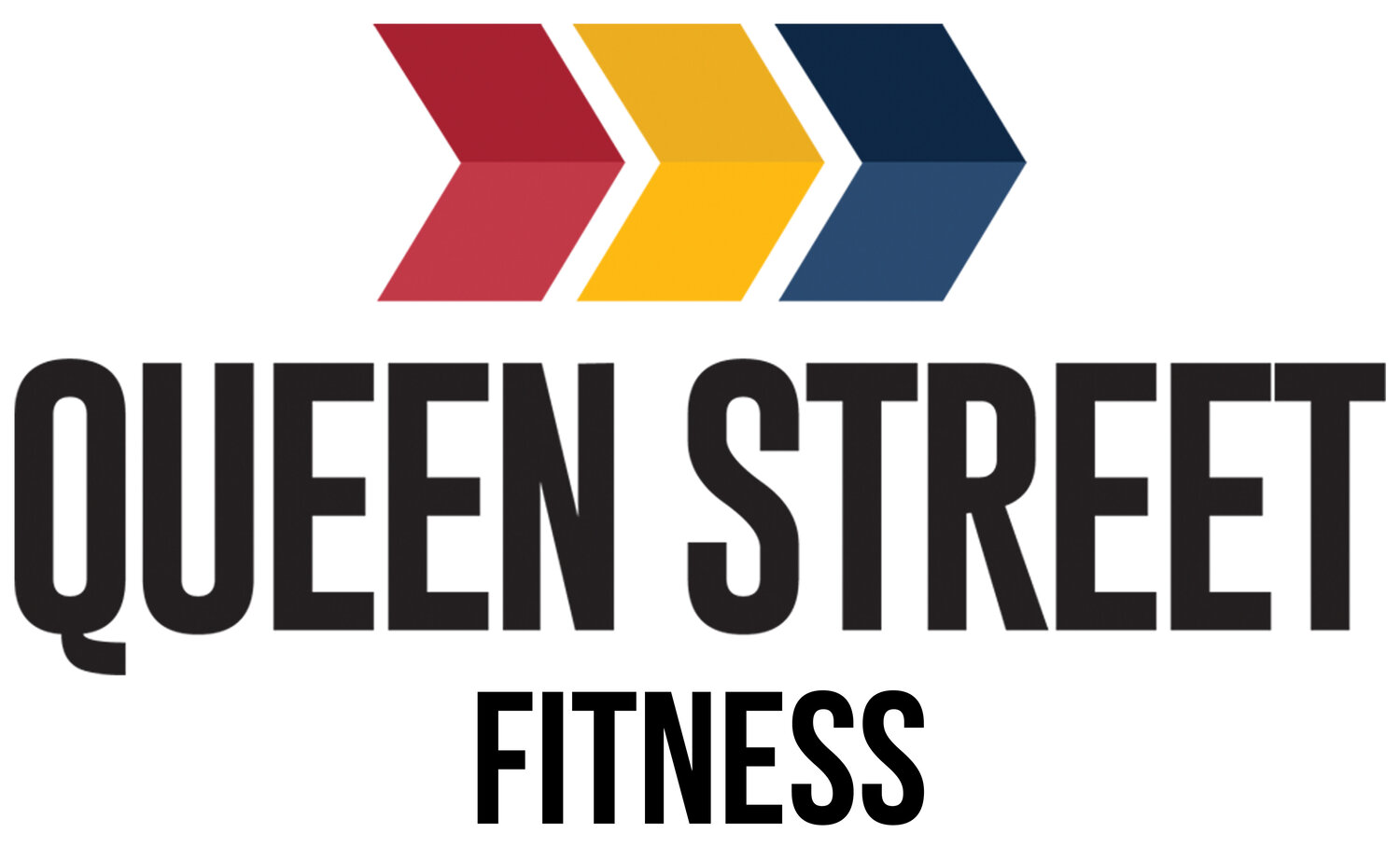The individual’s hierarchy of needs is a framework we use to identify the biggest areas of opportunity around developing more capacity, whether that’s for a specific goal or general fitness. The hierarchy helps us to see the big picture, pinpoint relevant needs and then prioritize those needs from bottom to top.
If you come to us and say, “I want to be able to portage my own canoe”, we will use the hierarchy of needs to understand how to get you there.
Like any hierarchy, we must start with a solid foundation.
Recovery
At the base, we look at your recovery habits - sleep, diet and stress. Do you have the habits in place that will allow you to add another physical stress to the mix and respond in a favourable way? Remember, training + recovery = adaptation. We can work as hard as possible inside the gym, but if we do not have a lifestyle that is supportive of recovery, we will not be able to make the progress we desire.
Let’s take a closer look at the parts of recovery that are within our control:
Sleep: Are you getting enough, and is the quality of that sleep leaving you feel rested and restored?
Diet: Are you getting enough water, calories, and nutrients to support physical recovery?
Stress: Are you utilizing strategies to manage the stress from work, relationships, or major life events? Remember that mental stresses can be just as much of a strain on your body as physical ones.
Addressing these lifestyle factors outside of the gym is the first, and often most difficult step toward achieving our goals. The good news is that once you optimize these parts of your life, you have developed a sound foundation upon which we can build.
Flexibility and Mobility
We group these next two layers together to better understand how well we move. Do your joints have the ability to get into the positions needed for the task? How easy is it for you to do that?
Flexibility is the ability for a joint to passively reach a full range of motion, with the assistance of gravity or external force.
For example: being able to raise your arms overhead while laying down. Since gravity is aiding you through the last few inches, it a measure of flexibility.
Mobility is the ability to actively reach a full range of motion using force only generated by the individual.
For example: being able to raise your arms overhead while standing, in a position that mimics holding a canoe.
We use movement screening to identify limitations in flexibility, mobility, or both. We then work to target these limitations through specific movements and drills to ensure your joints are up for whatever task you throw their way.
Strength Balance
Once you can safely and comfortably move through the range of motion required to portage your canoe, we now look at how well matched your strength is on either side of your body and individual joints. You may have the requisite strength to lift you canoe overhead, but is this ability to withstand the force equal on both sides? Or will you find the canoe tipping to one side after a few steps?
We can test (and train) one side at a time to get a gauge of how they compare. If we find there’s a strength discrepancy of 15% or more in the same pattern performed left and right, we consider that to be an imbalance worth addressing.
For example: if you are doing unilateral shoulder press and can achieve 9 repetitions on the right side, but only 6 on the left, then this indicates a notable strength balance discrepancy.
Strength balance is important to ensure that you are not over- or under-developing certain muscle groups. Proper strength balance supports for longevity in your joints over time and allows you to work closer to your physical potential.
Skill
Finally, we look at the task specific skills. Can you actually lift the canoe with confidence? Do you have the balance to walk with a load over uneven terrain? Do you have the aerobic conditioning to manage the distance of the portage?
When we examine skill and motor control, we put the pieces together to perform complex movements with competency, technique, and confidence. Your lifestyle factors are understood and properly managed, you have full flexibility and mobility, and there’s balance in strength and stamina. By starting from the bottom and moving up, we are able to set ourselves up for success.
By using this framework, we take the guesswork out of what to focus on first when considering our goals. We can also identify what might become a problem and solve for it before it occurs.
Take a moment and consider a goal or task that you are currently pursuing. Have you addressed your stress, diet, and sleep in a way that is supportive of an additional load? Is your body moving in a way that allows you to get into the necessary positions? Are you aware of how balanced your strength is from one side compared to the other? Now you are ready to work on the specific skills required for the task at hand.
We use this framework to guide our decisions around training and where to direct our attention.
And remember, the stronger the layer below it, the more room you have to build up.


